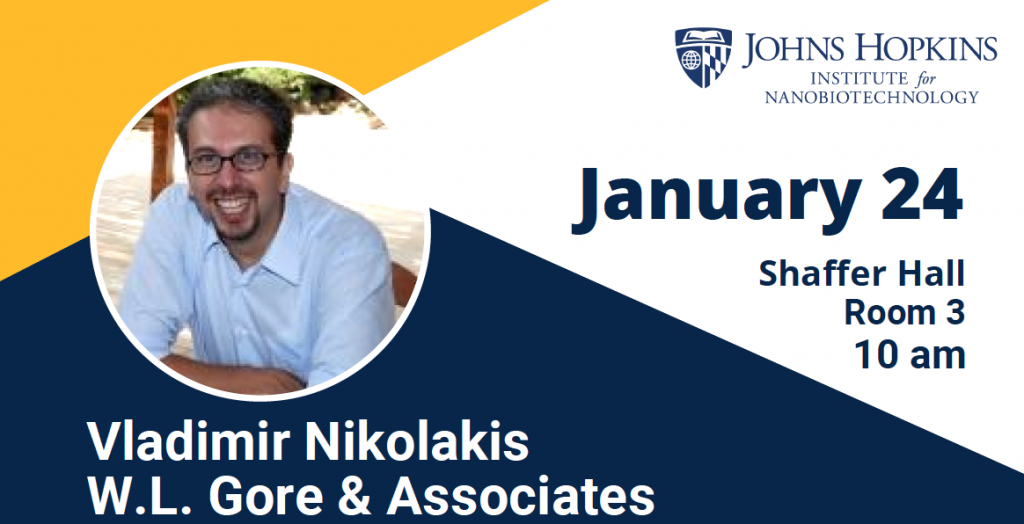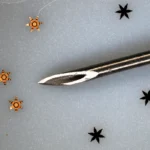INBT Seminar – Vladimiros Nikolakis

Exploring the Effects of Liquid in the Pore Network of Sorbent Polymer Composites on Transport and Adsorption for the Removal of Hg from Flue Gas
Abstract: Emissions of mercury, a toxic substance, from industrial flue gas stacks are regulated in many countries around the world. Several technologies are being developed to address the decreasing emission limits. W.L. Gore & Associates Inc. has developed an innovative technology, called the GORE™ Mercury Control System (GMCS) [1], for addressing this need. The GMCS is a unique fixed sorbent system that also provides SO2 removal as a co-benefit. It is based on discrete stackable modules comprised of Sorbent Polymer Composite (SPC) materials with an open channel geometry. Hg is chemisorbed from the flue gas and bound into the SPC. On the other hand, SO2 is converted to sulfuric acid filling a fraction of the SPC pores. However, due to the hydrophobic nature of the SPC, the liquid acid is expelled preventing the flooding of the entire pore network with liquid, which would have an adverse effect on Hg capture rates.
A reactor model that describes the transport & reaction steps taking place during Hg capture in GMCS will initially be presented, and will be used to highlight the importance of knowing the fraction of liquid into the SPC tape pores. Characterizing the pore network of the SPC tapes is a challenging task not only because the pore sizes span several orders in magnitude, but also because measurements need to happen at dry and 100% relative humidity conditions. Emphasis will be placed on how we combined a set of complimentary techniques (Hg intrusion, N2 & H2O physisorption, and X-ray computed tomography) to obtain a 3-D reconstruction of the dry and wet SPC pore network and how this reconstruction was analyzed to get information about the porosity and tortuosity of wet and dry SPC tapes. Finally, we will show an example of how we used this information together with the reactor model to quantify the impact of liquid in the SPC on Hg removal rate.
Biography: Vlad Nikolakis is a scientist at W.L. Gore and Associates Inc. since 2015. Before joining Gore, he was a Principal Researcher at the Institute of Chemical Engineering Sciences; Patras; Greece (2002-2012) and the Associate Director of Research at the Catalysis Center for Energy Innovation; Univ. of Delaware (2011-2015). He got his Chemical Engineering Diploma from Aristotle University of Thessaloniki (1995) and his Ph.D. from University of Massachusetts Amherst (2001). His research interests are in the areas of materials development, & characterization coupled with reaction engineering to improve catalytic conversions or separations. He co-authored more than 65 publications in peer-reviewed journals, and he’s a co-inventor in one patent.
Latest Posts
-
 Johns Hopkins Postdoc Named in Forbes `30 Under 30′ List
December 8, 2025
Johns Hopkins Postdoc Named in Forbes `30 Under 30′ List
December 8, 2025
-
 Micro Grippers: David Gracias Builds Micromachines That Fold, Stick, Swim, and Sense—All Inside the Human Body.
November 20, 2025
Micro Grippers: David Gracias Builds Micromachines That Fold, Stick, Swim, and Sense—All Inside the Human Body.
November 20, 2025
-
 A bold new approach to autoimmune diseases
November 19, 2025
A bold new approach to autoimmune diseases
November 19, 2025


